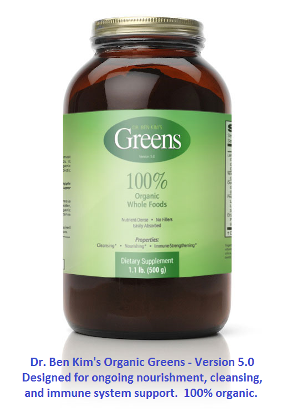You are here
How to Make Jap Chae - Korean Glass Noodles with Vegetables Recipe
The star of this dish is a highly unique Korean food product: glass noodles that are made with sweet potato starch.
These gluten-free noodles are often called glass noodles because when cooked, they take on a brilliant, translucent look.
In Korean, these noodles are called dang myung, and they look like this right out of the package:

It's best to get dang myun from a local Korean market, but if you don't have access to one, you can order them here:
A close-up of dang myun:

Before cooking dang myun, it's necessary to soak it in cold water for about an hour - this helps soften it, which helps decrease cooking time.

The noodles will soften considerably within an hour.

While the noodles are soaking, wash and prep your favorite vegetables. Good choices include bell peppers, onions, carrots, green onions, and oyster mushrooms. But you can use just about any vegetable with this Jap Chae dish.


You want to slice and dice your veggies into relatively thin strips so that they mesh well with the noodles. Keep in mind that most of the vegetables will shrink down some when you cook them, especially the oyster mushrooms.


Once the dang myun has softened, strain and let it sit for a minute or two.

Dunk noodles in boiling water for about 5 minutes. You want to cook them until they're soft and tender - very hard to keep them al dente, and no need to.
Once the noodles are cooked, give them a good rinse with the strainer and cold running tap water. Allow excess water to drip off of noodles, then use a pair of food scissors to cut off a handful of noodles at a time and transfer shorter noodles to a bowl. The noodles are quite long; cutting them into sections allows for comfortable eating.
Here's what the cooked noodles look like:

Add just half a teaspoon of sesame oil or extra virgin olive oil to the noodles and give them a light toss to help prevent sticking.

Use your favorite cooking oil to lightly sauté prepped vegetables. Transfer sautéed vegetables to a holding container.

Spread a tablespoon of your favorite cooking oil to a large pan and warm the noodles over low-medium heat. You'll need to stir frequently with a wooden spoon or chopsticks to prevent the noodles from sticking to the bottom of the pan.

Now turn off the heat and add cooked vegetables.

Plus a tablespoon each of soy sauce and sesame oil.
Now a tablespoon of lighted toasted sesame seeds, if you have some.

A tablespoon of raw honey.

Now transfer everything to a large bowl or dish where you can use a clean hand to mix everything together. Most Korean chefs use a clean hand for this step, as it's very difficult to get all the thin ingredients to mix well using a wooden spoon or other utensils.

It's fine to use a plastic glove while bringing everything together. This is where you want to do a taste test and add a little more soy sauce if necessary.
And voila, you've made Jap Chae, one of the most recognizable Korean dishes around.

Jap Chae is good hot, cold, or at room temperature. If you're going to store some in the refrigerator, be sure to wait until it's cooled down before transferring it to an air-tight container and putting it away.
Enjoy the magic of Jap Chae. :)
Please note: For a printer-friendly version of this recipe without photos, go here:
Join more than 80,000 readers worldwide who receive Dr. Ben Kim's free newsletter
Receive simple suggestions to measurably improve your health and mobility, plus alerts on specials and giveaways at our catalogue
Highest Rated | Related Posts | ||











